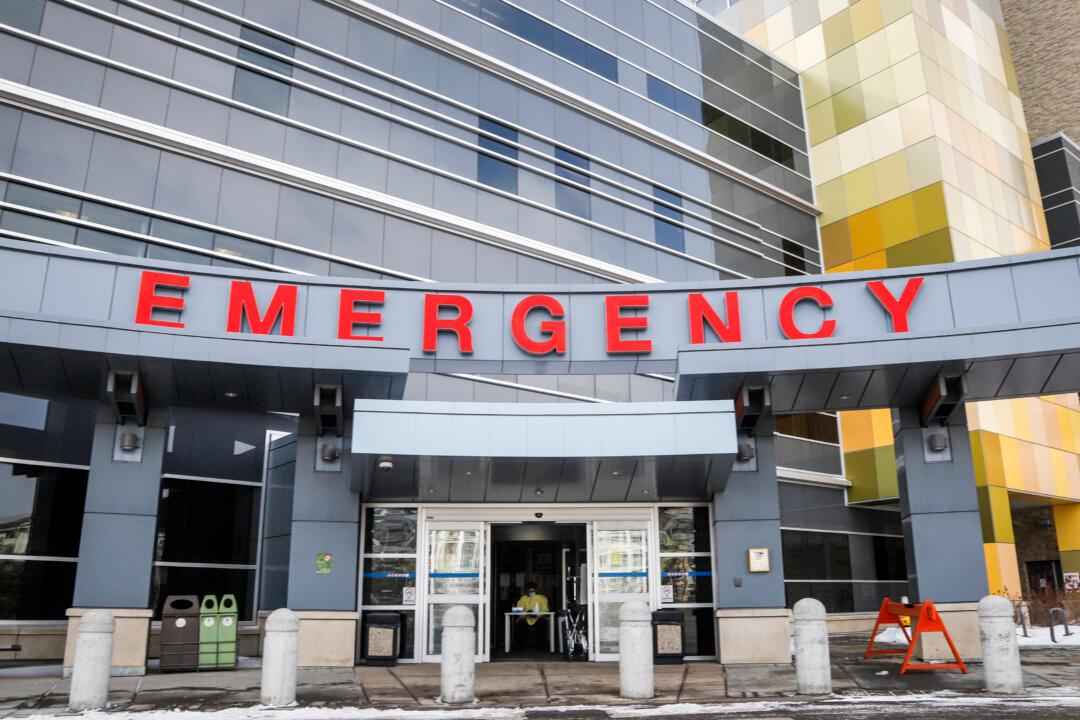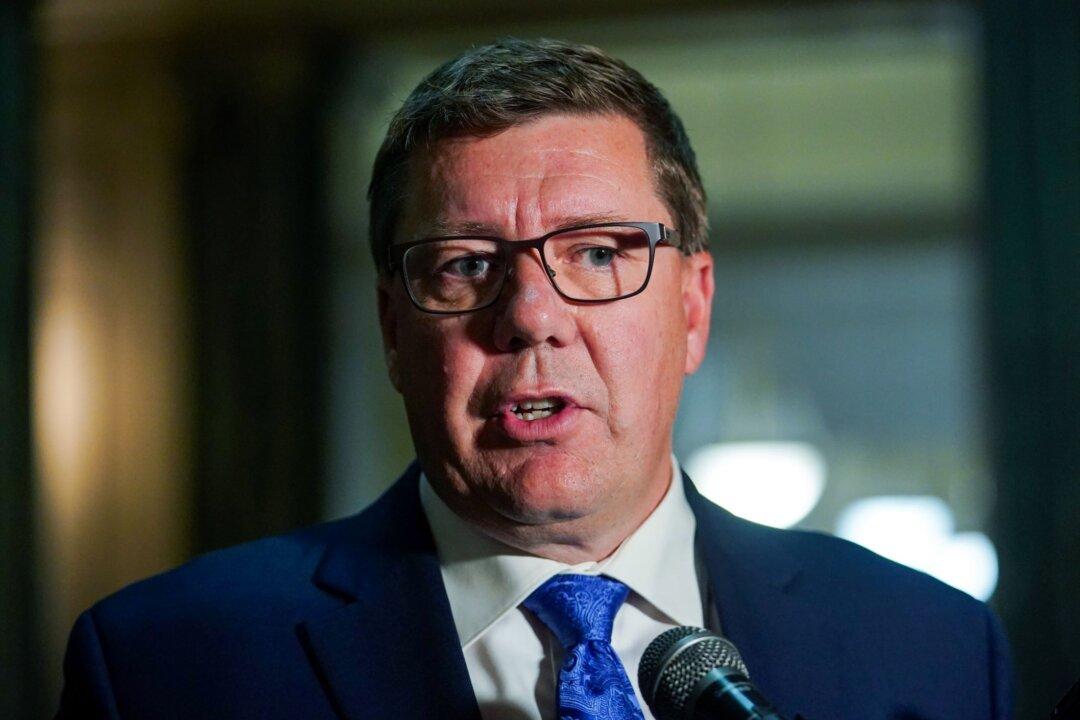On the eve of the release of the 2023 Alberta budget, and roughly three months from the next election, Premier Danielle Smith released on Monday 90-day statistics indicating health care wait times in the province are dropping.
Alberta first launched a new Health Care Action Plan (HCAP) on Nov. 17, 2022, and vowed to dramatically improve EMS response time, reduce surgery wait times, decrease emergency room wait times, and add more health care workers in understaffed areas.





